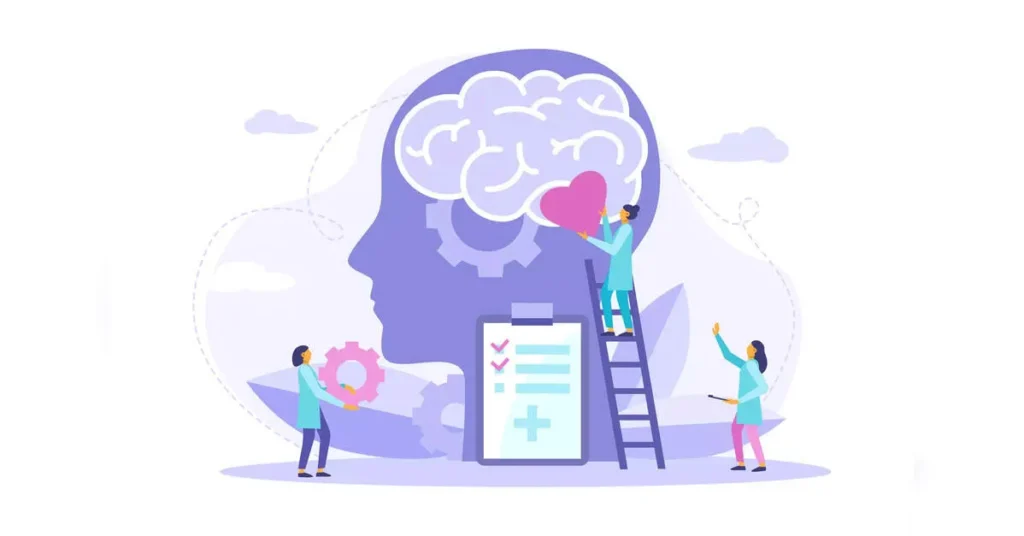As we move deeper into the 2020s, two seemingly unrelated but highly influential developments are unfolding in parallel: the growing threat of a U.S. debt crisis and the viral rise of AI-powered vocal remover technology. One represents a potential systemic risk to the global economy, while the other marks a cultural and technological shift in the way people interact with music. These two trends, one rooted in macroeconomics and the other in machine learning, reflect the complexity of a rapidly evolving world.
Part 1: The Looming U.S. Debt Crisis
The Escalating Fiscal Imbalance
The United States is grappling with an increasingly unmanageable national debt. After decades of deficit spending, mounting interest costs, and political gridlock, the debt has grown to levels that many economists consider unsustainable. The government’s annual deficit has consistently outpaced revenue, and debt accumulation continues to accelerate as mandatory spending—on programs like Social Security, Medicare, and defense—rises faster than tax receipts.
Interest payments alone are becoming one of the largest single budgetary expenses, surpassing defense spending and climbing toward a trillion dollars annually. This burden limits fiscal flexibility, reduces available funds for essential services, and raises the specter of higher taxes or drastic spending cuts.
Long-Term Consequences
What makes the situation more concerning is the projection that the debt-to-GDP ratio will continue to rise over the next decade. A high ratio indicates that the government owes significantly more than the economy produces in a given year. This can lead to a loss of investor confidence, increased borrowing costs, and eventually, a risk of default.
If left unaddressed, the debt crisis could trigger severe long-term consequences: slower economic growth, reduced federal capacity to respond to emergencies, and downward pressure on the U.S. dollar’s status as the world’s reserve currency.

Political Stalemate and Policy Challenges
Efforts to curb spending or raise revenue have largely stalled in Congress due to deep partisan divisions. Some lawmakers push for sweeping tax cuts or increased military spending, while others demand expanded social programs. This political gridlock often results in stopgap measures, temporary fixes, and an ever-growing national tab.
Comprehensive reforms—such as entitlement restructuring, defense budget reevaluation, or progressive tax policies—are often politically unpopular, making sustainable solutions elusive.
Risks to Global Stability
Given the central role of the U.S. in the global economy, any debt crisis would not be confined to American borders. A default or significant loss of investor trust could ripple through global financial markets, affecting currencies, interest rates, and economies worldwide. As more countries and investors begin to question the reliability of U.S. fiscal policy, there’s a risk that they may diversify away from U.S. bonds, weakening the dollar and destabilizing global trade.
Part 2: The Rise of AI Vocal Remover Technology
What Is Vocal Removal?
Using machine learning techniques, AI vocal removal technology enables users to separate or exclude vocals from musical compositions.These tools work by analyzing the audio spectrum and separating human voices from instrumental sounds. Originally a niche tool for audio professionals, vocal removal is now widely accessible to casual users thanks to AI advancements and web-based platforms.
Why It’s So Popular
The popularity of AI vocal removers has surged due to a combination of accessibility, creativity, and virality. Users now create karaoke tracks, remixes, mashups, and isolated acapella versions of songs without needing expensive audio software or technical knowledge. Musicians, DJs, and hobbyists can instantly process songs for practice, remixing, or performance.
The rise of social media has further fueled the trend.Millions of people have been enthralled by viral videos that feature vocal isolations from well-known songs, proving that vocal removal is not just a technique but also a kind of content production in and of itself.How It Works
Neural networks that have been trained on thousands of audio samples are used by contemporary vocal removal programs to recognize patterns linked to human voices.Once trained, these models can accurately differentiate vocals from instruments—even in complex or layered recordings. While not perfect, the results are often impressive, especially on clean, studio-produced tracks.
Some applications even allow for multi-stem extraction, where separate layers like drums, bass, vocals, and guitar are isolated, offering near-professional quality results with a few clicks.
Use Cases Beyond Music
AI vocal removers aren’t limited to karaoke or remixes. They’re now being used in podcast editing, forensic audio analysis, live sound engineering, and archival restoration. For example, sound engineers can use them to clean up live recordings, remove background noise, or isolate dialogue in film post-production.
Even educators and language learners use vocal isolation to focus on pronunciation or transcribe speech with better clarity.
FAQs
U.S. Debt Crisis – Frequently Asked Questions
Q1: Why is the U.S. debt considered a crisis now?
The debt has reached levels where annual interest payments are significantly impacting the federal budget. With no signs of reduction, and projections indicating continued growth, economists are concerned about long-term sustainability and economic risk.
Q2: What happens if the U.S. can’t pay its debt?
Failure to meet debt obligations could lead to a credit downgrade, higher borrowing costs, a loss of confidence in the dollar, and potential market crashes. In extreme cases, it could trigger a recession or global financial instability.
Q3: Can the government just print more money to pay the debt?
While technically possible, printing more money leads to inflation and devalues the currency. Over-reliance on this strategy could create hyperinflation and erode public trust in the economy.
Q4: How can the U.S. solve the debt crisis?
Solutions include a combination of reducing spending, increasing taxes, and reforming major programs like Social Security and Medicare. However, implementing these changes requires bipartisan cooperation, which has been difficult to achieve.
Q5: Who owns the U.S. debt?
U.S. debt is held by both domestic and foreign entities. This includes individuals, corporations, pension funds, the Federal Reserve, and foreign governments like China and Japan.







